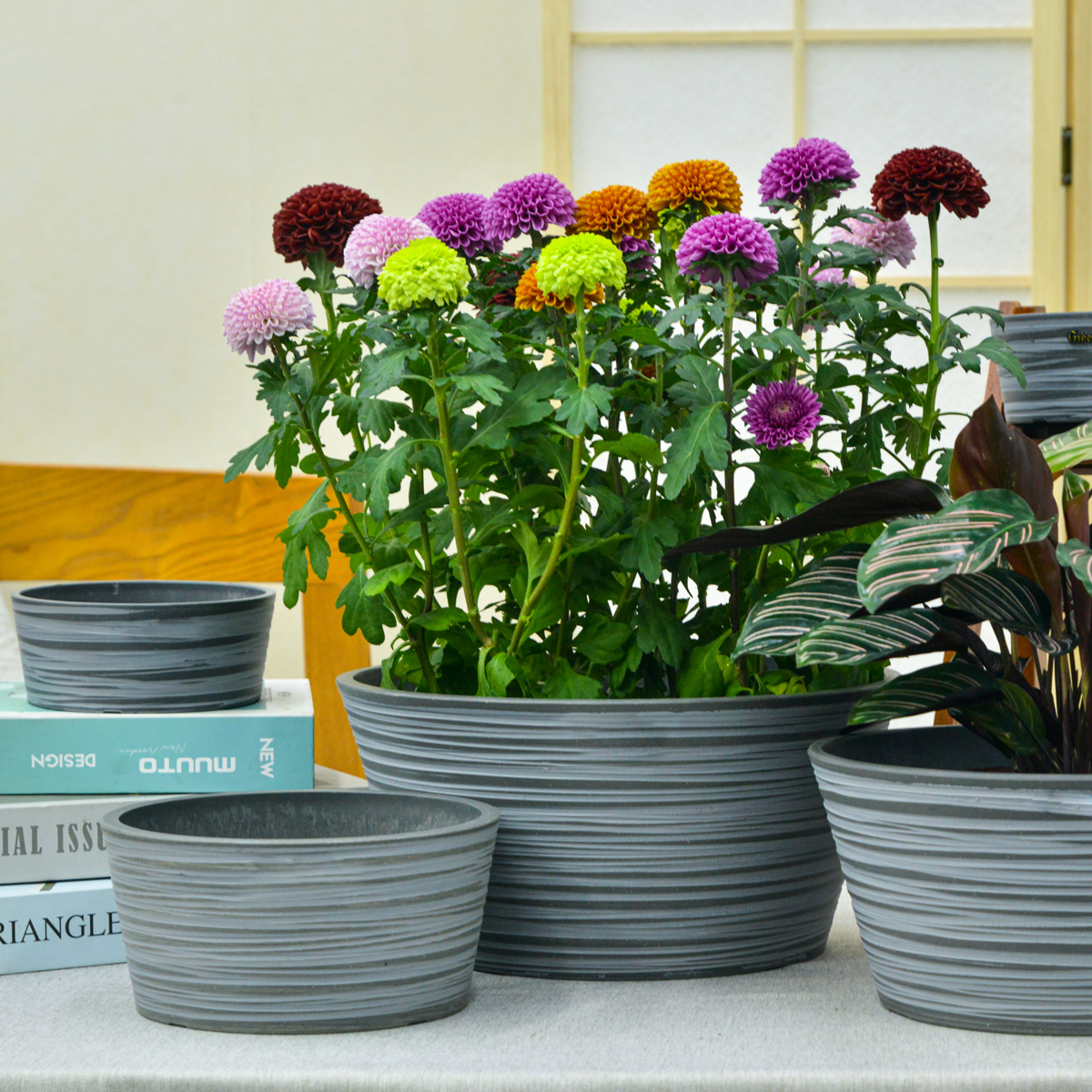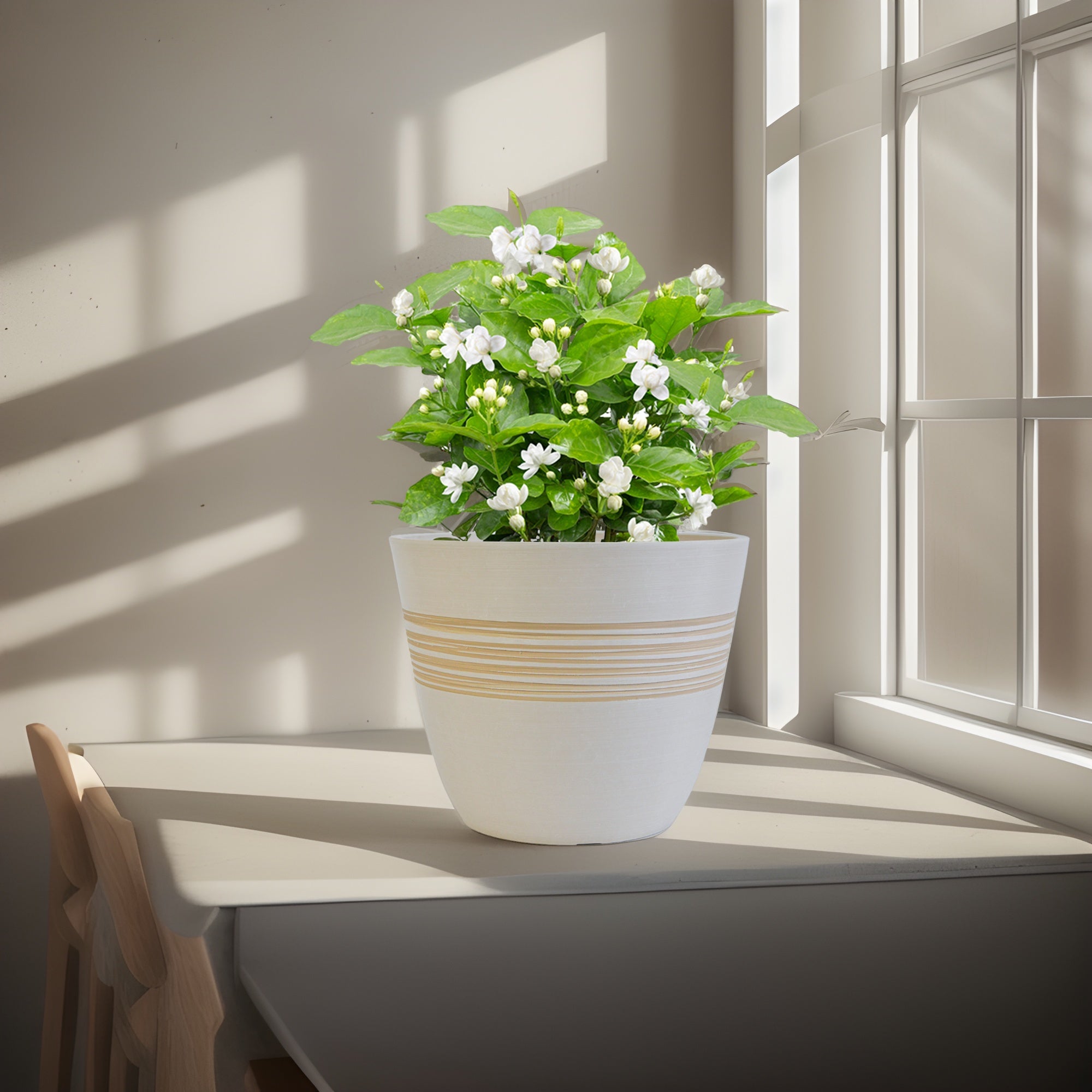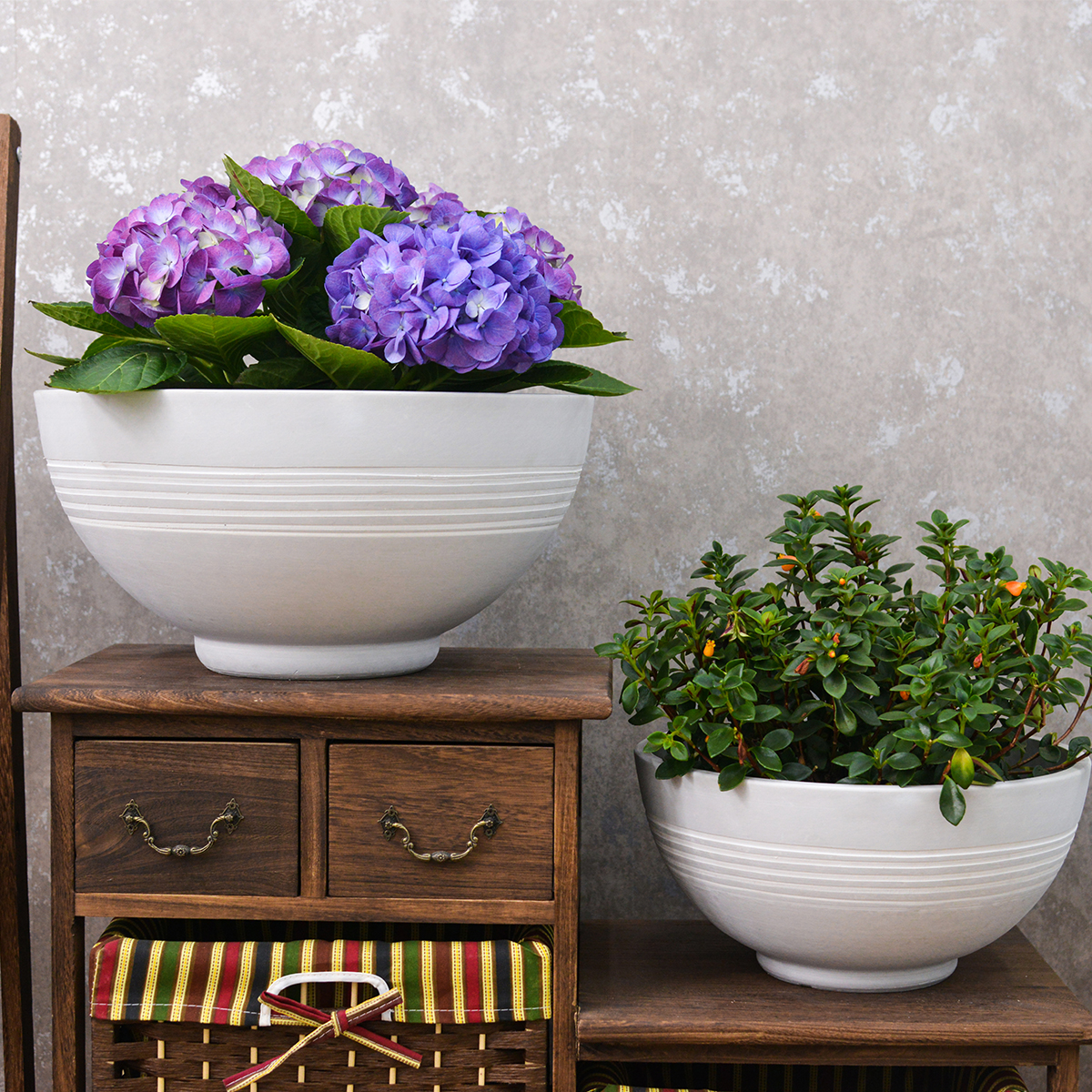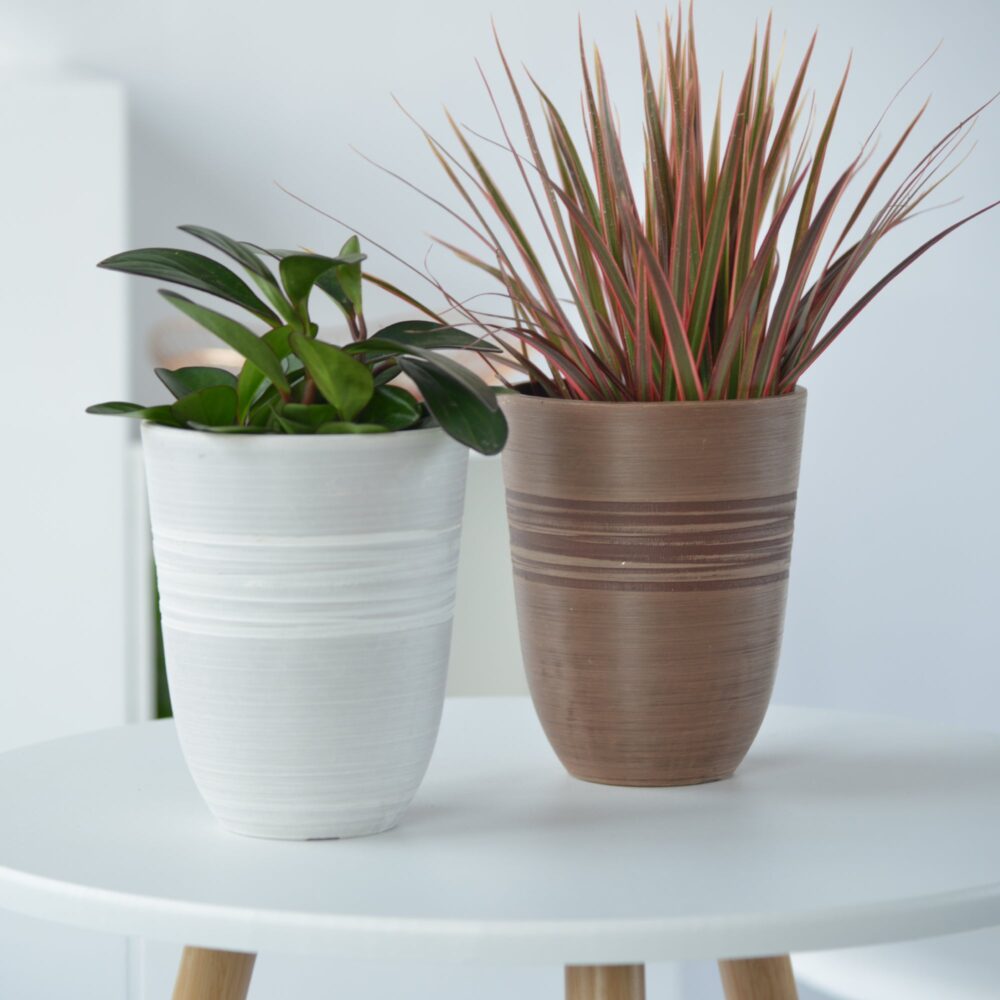Boost Your Plants This Spring with Oatmeal: A Simple and Natural Fertilizer
Spring is a pivotal time for plants as they awaken from dormancy and begin their active growth phase. If you’re looking for a simple, natural, and effective way to nourish your indoor and outdoor plants, look no further than your pantry – specifically, oatmeal. While it might seem like an unusual choice, oatmeal offers a wealth of nutrients essential for plant growth and blooming. In this article, we’ll explore how to use oatmeal as a fertilizer, its benefits, and why it might be a must-have for plant enthusiasts.
Why Use Oatmeal for Your Plants?
Oatmeal is rich in vital nutrients that plants need for healthy growth. These include:
- Potassium: Supports root development and overall plant health.
- Magnesium: Crucial for chlorophyll production, which drives photosynthesis.
- Iron: Helps with nutrient transport within the plant.
- Phosphorus: Encourages strong root growth and vibrant blooms.
- Calcium: Strengthens plant cell walls and aids in growth.
- Nitrogen: When broken down by soil microbes, encourages lush, green foliage.
This combination of nutrients makes oatmeal a well-rounded organic fertilizer that can provide a steady release of nourishment for your plants.

How to Prepare Oatmeal Fertilizer
There are several ways you can use oatmeal to nourish your plants. Here are some of the most effective methods:
1. Oatmeal Infusion for Plants
This method creates a nutrient-rich liquid fertilizer that can be used for both indoor and garden plants.
Ingredients:
- ½ cup of oatmeal (any type, including quick oats or rolled oats)
- 1-quart glass jar
- 1 quart of water
Instructions:
- Place the oatmeal in the glass jar.
- Pour the water over the oatmeal and stir well.
- Cover the jar with a lid and let it sit at room temperature for 2 to 3 days.
- After fermentation, strain the mixture to remove the solid particles.
- Dilute the resulting liquid with water in a 1:4 ratio (one part oatmeal solution to four parts plain water).
- Water your plants at the base with this mixture.
Benefits:
- Promotes healthy root growth and strong stems.
- Provides a balanced combination of essential nutrients.
- Stimulates microbial activity in the soil, enhancing nutrient uptake by plants.
2. Direct Application of Oatmeal to Soil
If you prefer a slow-release option, you can apply dry oatmeal directly to the soil.
Instructions:
- Sprinkle about a teaspoon of dry oatmeal around the base of each plant.
- Gently mix it into the topsoil to encourage decomposition.
- Water your plants immediately to help the nutrients soak into the soil.
Benefits:
- Offers a slow and steady release of essential minerals.
- May improve soil structure and water retention over time.
- Prevents nutrient leaching, ensuring long-term availability for the plant.
3. Oatmeal as a Compost Booster
Oatmeal can also be a great addition to your compost pile, enriching it with extra nutrients.
Instructions:
- Add a handful of oatmeal to your compost bin every few weeks.
- Mix it in well to prevent clumping and promote even decomposition.
- Use the enriched compost as a soil amendment for your plants.
Benefits:
- Increases microbial activity within the compost pile.
- Provides a well-rounded nutrient profile to the final compost.
- Enhances the quality of the compost for nourishing your plants.

How Often to Use Oatmeal Fertilizer
- Liquid Oatmeal Fertilizer: Once every 2 to 4 weeks.
- Dry Oatmeal Application: Once every 4 to 6 weeks.
- Compost Booster: As needed throughout the composting process.
Which Plants Benefit Most from Oatmeal?
While oatmeal fertilizer can generally benefit all plants, certain varieties may show particularly positive responses, including:
- Flowering Plants (like roses, petunias, geraniums): Encourages vibrant blooms.
- Leafy Greens (like lettuce, spinach, kale): Promotes healthy foliage growth.
- Fruiting Plants (like tomatoes, peppers, strawberries): May enhance fruit production.
- Indoor Plants (e.g., pothos, ferns, spider plants): Supports lush foliage and overall growth.
Precautions When Using Oatmeal as Fertilizer
- Avoid Overuse: Excessive oatmeal can lead to mold growth or attract pests.
- Use in Moderation: Stick to the recommended application frequencies to prevent nutrient imbalances.
- Store Properly: If preparing oatmeal infusion in advance, store it in a cool, dark place and use it within a week for maximum effectiveness.
Conclusion
Using oatmeal as a fertilizer is a cost-effective, natural, and sustainable way to nourish your plants. Whether used as a liquid infusion, mixed into the soil, or added to your compost, oatmeal can provide essential nutrients that support healthy plant growth, blooming, and fruiting. This spring, try incorporating oatmeal into your gardening routine and enjoy the benefits of healthier, more vibrant plants!
By using this simple yet potentially powerful natural fertilizer, you can help your plants thrive without relying on synthetic chemicals. Give it a try and see the difference for yourself!
11THD
By greenship|2024-08-13T02:52:20+00:00August 13, 2024|Categories: Hand-carving Series|
KC2-11V
By greenship|2024-08-16T05:39:50+00:00August 16, 2024|Categories: Hand-carving Series|
11V
By greenship|2024-08-13T03:05:48+00:00August 13, 2024|Categories: Hand-carving Series|
Planter for Indoor Outdoor Plants, Set of 2 Modern Decorative Plant Pots with Drainage Hole, Decorative Flower Pots
By greenship-seo|2025-04-10T07:46:01+00:00January 9, 2025|Categories: Hand-carving Series|Tags: Decorative Flower Pots, Self-Watering Pots|
KC3-09k
By greenship|2024-08-16T06:24:36+00:00August 16, 2024|Categories: Hand-carving Series|
Plant Pots 6 inch 8 inch 10 inch for Indoor Plants, Set of 3 Modern Decorative Planter ts with Drainage Hole, Decorative Flower Pots
By greenship-seo|2025-04-10T06:39:28+00:00January 14, 2025|Categories: Hand-carving Series|Tags: Decorative Flower Pots|






